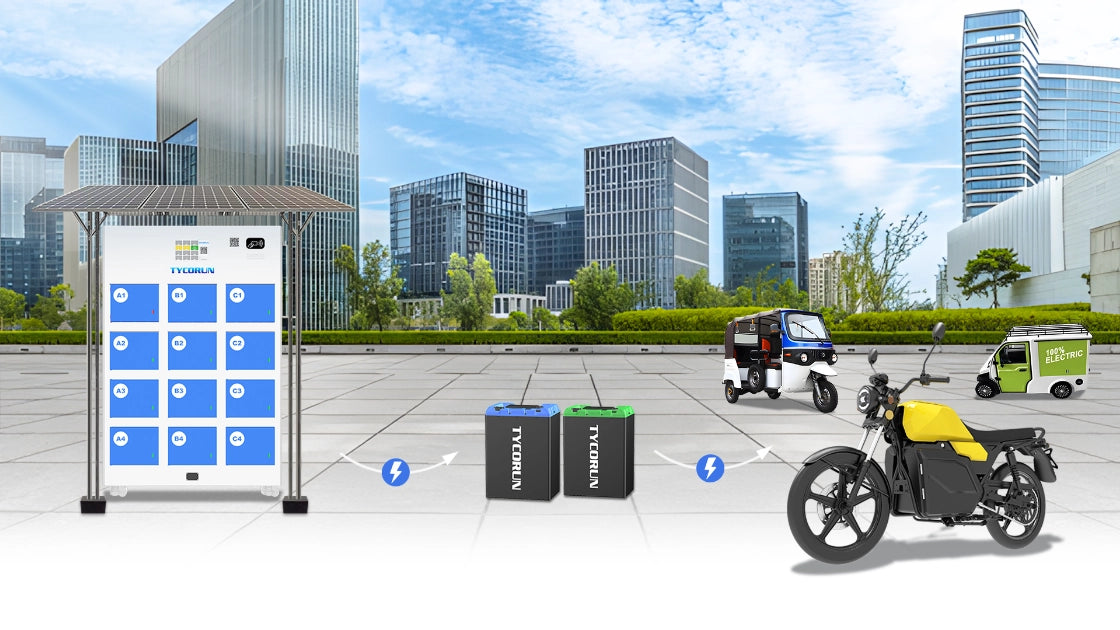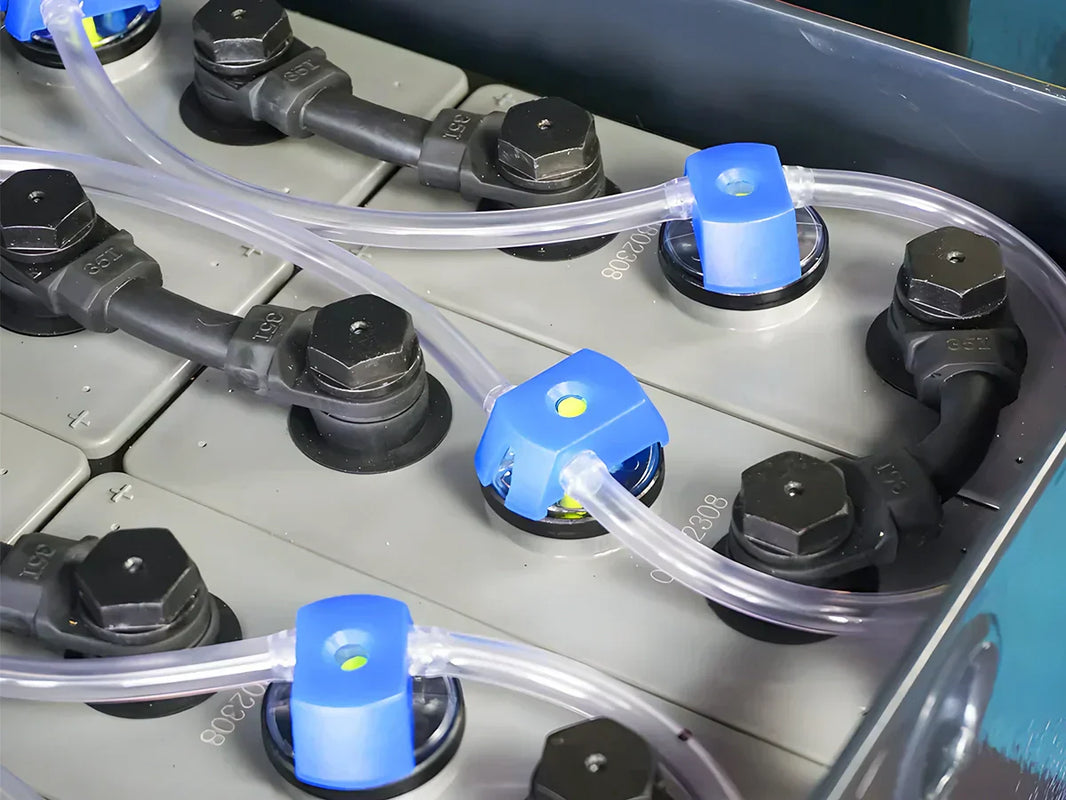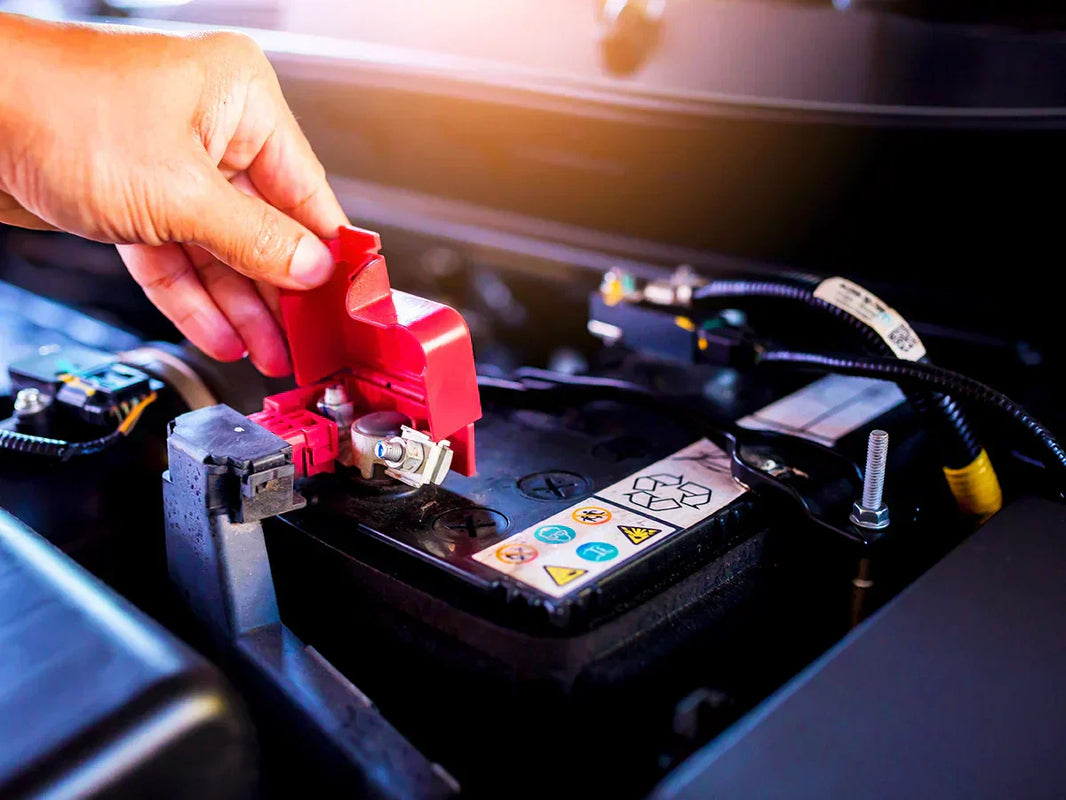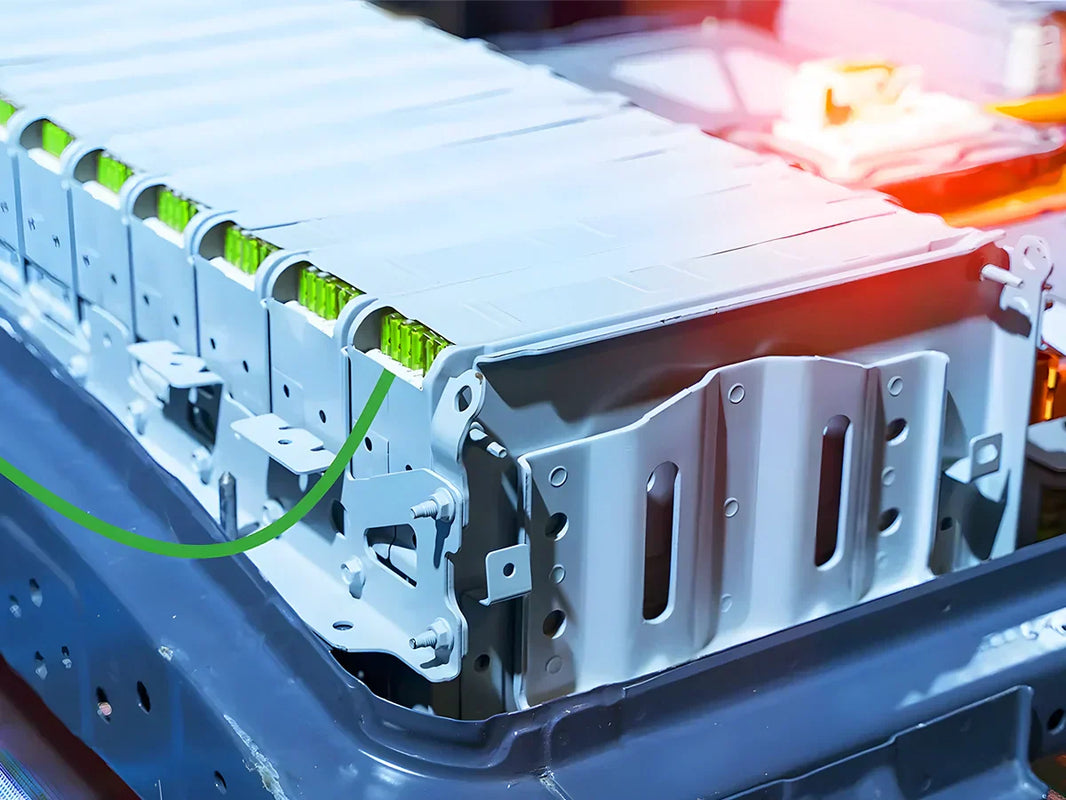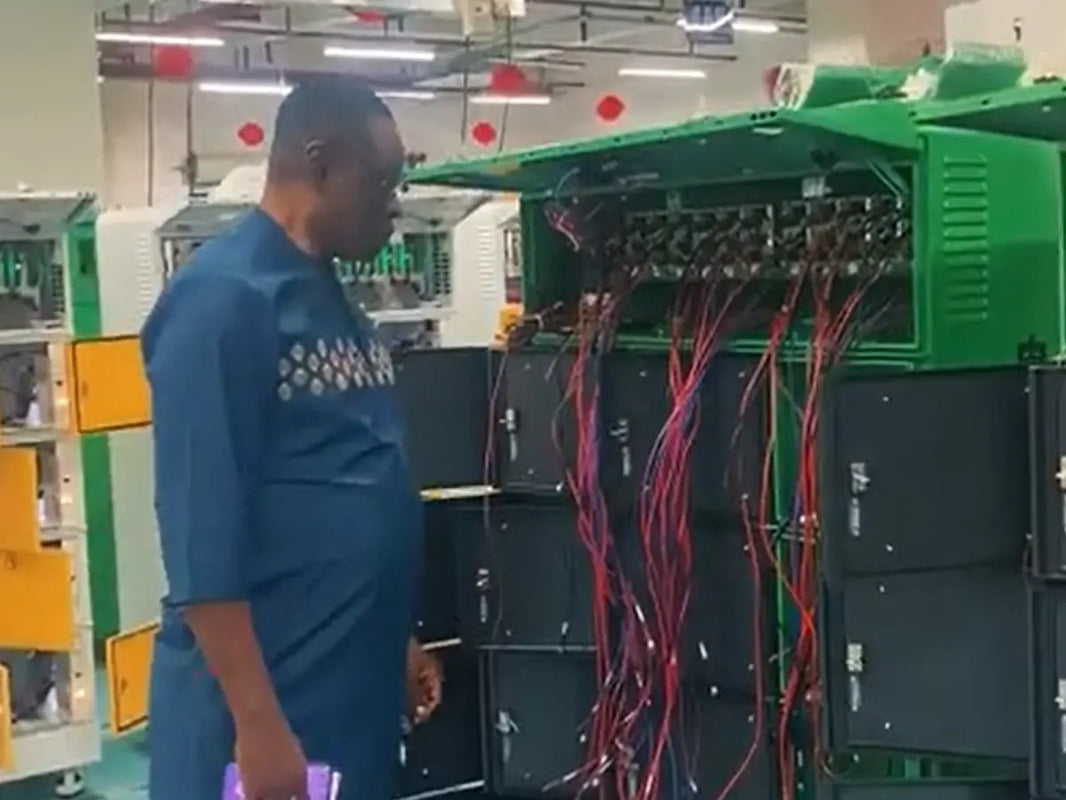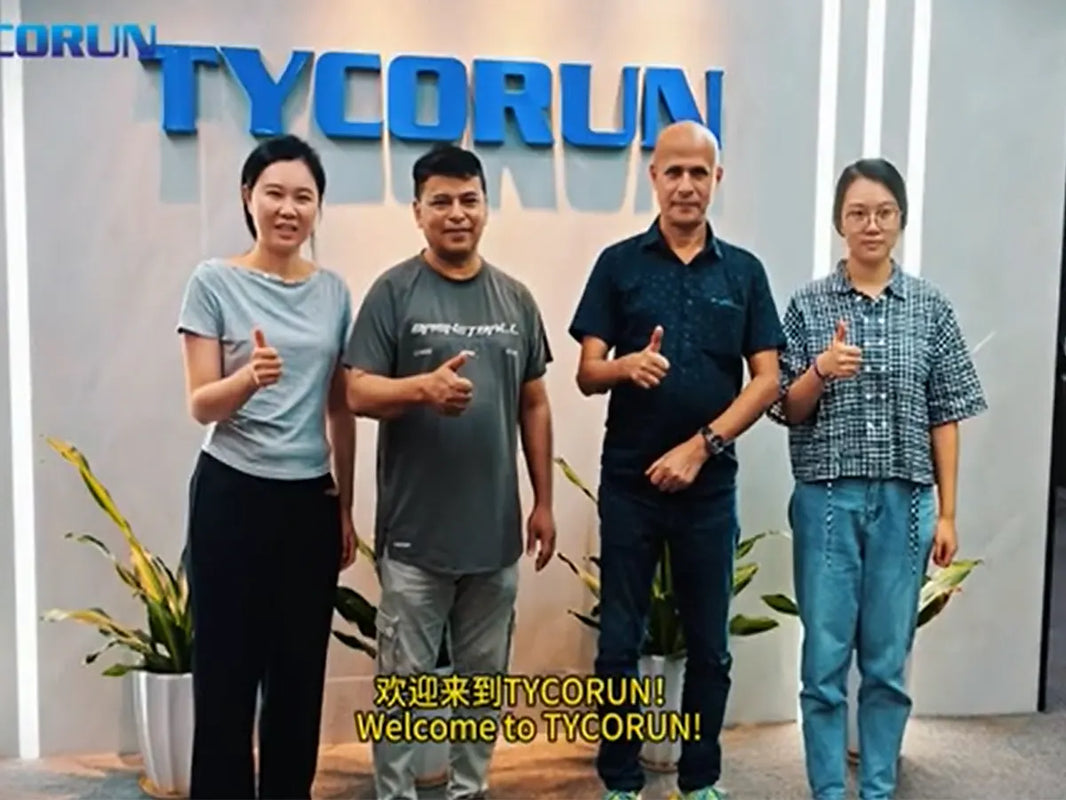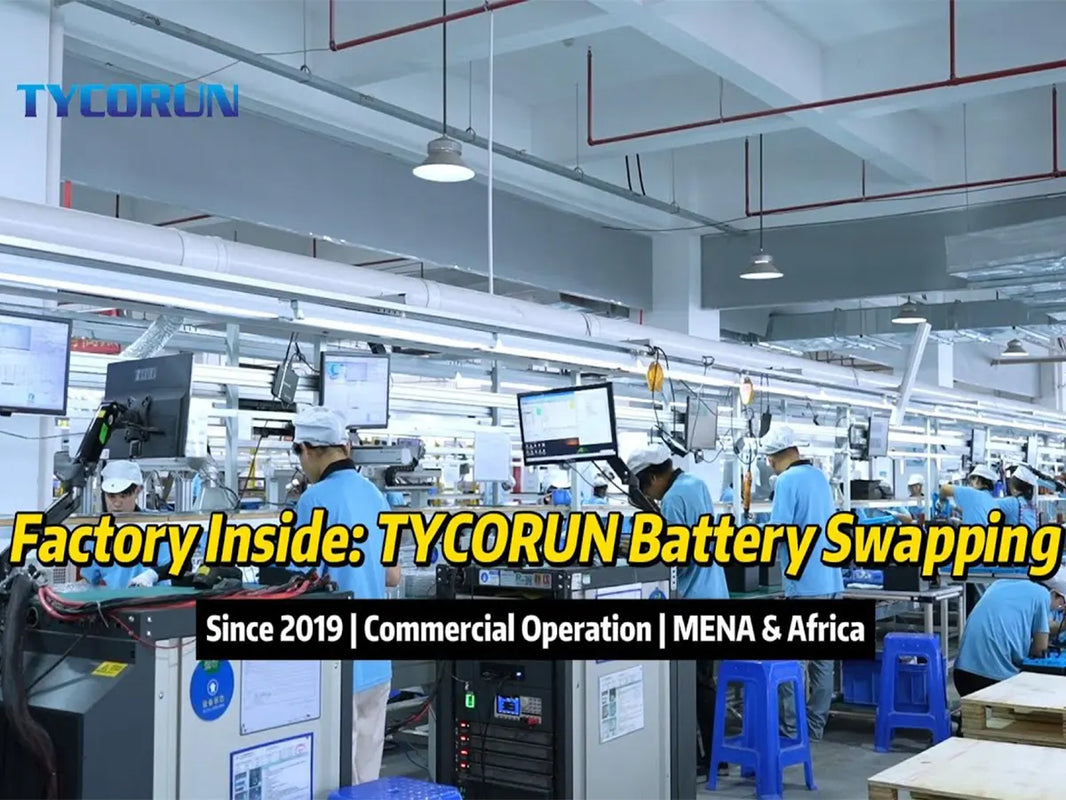
Main content:
In modern electric vehicles (EVs), onboard inverters convert the direct current (DC) from the vehicle's high-voltage battery into alternating current (AC) to provide power for controlling the torque and speed of the main electric motor. These inverters significantly impact the vehicle's driving range, performance, and overall driving experience.
This article mainly discusses how silicon carbide (SiC) technology is enhancing vehicle performance and driving mass production of SiC inverter
Expansion of the electric vehicle inverter market
According to TrendForce's data on the global electric vehicle inverter market, the installed capacity of EV inverters worldwide reached 7.14 million units in the fourth quarter of 2023, representing a 12% increase compared to 6.39 million units in the third quarter of 2023. This growth is closely linked to the significant increase in EV sales during the same period.
The rapid development of EVs has provided strong momentum for inverter growth. In China alone, according to the China Association of Automobile Manufacturers, the production and sales of new energy vehicles (NEVs) in 2023 reached 9.587 million and 9.495 million units, respectively, representing year-on-year growth of 35.8% and 37.9%.

The report also notes that the primary driver of inverter market growth comes from pure electric vehicles (EVs). Inverters for pure EVs account for approximately 53% of the total installed capacity of EV inverters and contribute to over 60% of the market value, reaching around $4.4 billion in the fourth quarter of 2023.
In the EV powertrain system, the inverter is considered the core component. Since batteries provide DC, while motors require AC, the efficiency of the inverter becomes critical for improving the energy efficiency of the powertrain. Enhanced efficiency reduces kilowatt losses, thereby providing more usable energy to ensure a longer driving range.
As EVs continue to increase their driving range, and as more high-voltage and higher charging efficiency models emerge, the inverter's role remains crucial. To extend driving range without compromising power, the electric drive system must operate at higher speeds within the smallest possible size and weight. This requires rapid and efficient DC-to-AC voltage conversion.
To achieve these goals, inverter designs are increasingly adopting advanced control algorithms, using silicon carbide (SiC) MOSFETs in power switching transistors, and integrating multiple subsystems with high-voltage 800V batteries to achieve high power density—this is the current development trend.
Reducing inverter power loss is key, SiC is crucial
In recent years, automakers have been racing to develop more cost-effective NEVs with longer driving ranges to meet consumer demand. Experts believe that to achieve higher driving range and gain a competitive edge in the market, reducing inverter power loss and improving system efficiency are essential.
Power loss is directly related to thermal performance, affecting the system's size, weight, and cost. As inverter products reach higher power levels, and as the number of motors in vehicles increases, along with the shift of commercial vehicles towards full electrification, users will continue to demand lower system power loss.
In the field of power electronics, particularly in driving efficiency, the efficiency of inverters (electrical), motors (mechanical), and regenerative braking (energy recovery) are core components, with inverter efficiency being the most critical.

One important direction for improving EV performance is the transition from IGBTs to silicon carbide (SiC) technology in the high-voltage power switches used in inverters. SiC is more efficient than IGBT, increasing the utilization of stored energy in battery packs.
Additionally, SiC is smaller in size and operates at lower temperatures, further reducing the weight of the drive system, minimizing mechanical dimensions, and decreasing energy waste. However, transitioning to SiC presents new challenges, as SiC is more susceptible to short-circuit damage compared to IGBT, requiring more suitable gate drive technology in EVs.
SiC Inverters enhance efficiency and performance in electric vehicles
Industry insiders agree that improving efficiency will always be the mission of inverters, and SiC inverters, with their superior performance advantages, are poised to become the mainstream in the market. SiC, as a third-generation compound semiconductor material, was not widely used previously due to process technology and cost constraints.
As international giants continue to upgrade SiC power devices, overcoming technical challenges, the cost is gradually decreasing, and large-scale application is expected in the future.
Experts note that in the past, NEV inverters used IGBT. However, with the advancement of semiconductor technology, SiC, with its higher switching frequency compared to IGBT, not only improves efficiency with less inverter failure by reducing resistance and switching losses but also increases power and current density. For example, wide-bandgap power devices supporting 800V technology enable higher rotational speeds and lighter motors.

The 800V technology enhances the performance of the entire NEV powertrain system, delivering greater torque, lower resistance, reduced harmonics, and better energy recovery. SiC power switches reduce conduction and switching losses, providing better torque control and lower harmonics for motor control, enabling higher switching frequencies, higher speeds, and lighter motors.
Wide-bandgap materials also offer better thermal conductivity, allowing for smaller power modules and fewer cooling components.
Global semiconductor leaders drive mass production of SiC inverters
The transition from IGBTs to silicon carbide in high-voltage power switches for inverters is crucial for enhancing EV performance. According to TrendForce's data, the share of inverters installed in vehicles with over 550V reached 9% in the fourth quarter of 2023, a 1% increase from the previous quarter. Additionally, inverters equipped with SiC power chips accounted for 15% of the total inverter installed capacity in the fourth quarter of 2023.
SiC enhances voltage resistance and conversion capabilities, making it more efficient than IGBT, further increasing the utilization of stored energy in inverter battery packs. Additionally, SiC is smaller and operates at lower temperatures, reducing the weight of the electric drive system, minimizing mechanical dimensions, and decreasing energy losses.
Well-known companies in the SiC field include STMicroelectronics, Infineon, Wolfspeed, ROHM, ON Semiconductor, and Mitsubishi. Last year, Chinese SiC technology also advanced rapidly, with numerous companies entering the market or launching automotive-grade SiC MOSFET products, such as Feisong Semiconductor, Chint Power, Naxin Micro, Pengxin, Zhanchip, and Rongxi Semiconductor. The rise of Chinese SiC is expected to further drive mass production and integration of SiC in vehicles.
Moreover, to ensure a stable supply of SiC chips, many automakers are directly partnering with upstream power semiconductor companies. For example, Li Auto signed a strategic cooperation agreement with Chipon Semiconductor to jointly develop products in the SiC chip design and development field. Automakers developing their own silicon carbide power modules is also becoming a trend in the industry.
Additionally, multi-in-one electric drive systems, centered around inverters and motors, are a significant development direction. These systems integrate all electronic control components, such as OBCs, DC/DC converters, and BMS, into a single system centered around the inverter and motor.
This integration is primarily aimed at reducing vehicle weight to continuously improve overall driving range. Many automakers and Tier 1 suppliers are launching multi-in-one electric drive systems with inverters as one of the core components.
Conclusion
For electric vehicle powertrain systems, the progress in onboard inverters is rapidly driving improvements in EV performance. At the same time, the continuous advancements in multi-in-one electric drive technology, centered around inverters and motors, are significantly enhancing the power, driving range, and safety of electric vehicles.
The following provides you the best inverters recommended
|
|
500w
|
1000w |
2000w
|
3000w
|
|
Product image
|
||||
|
Price & Discount
|
$59.90(-14%)
|
$89.99(-36%)
|
$179.90(-28%)
|
$199.99(-33%)
|
|
Rated Input Voltage
|
12VDC
|
12VDC
|
12VDC
|
12VDC |
|
Continuous Power
|
500w
|
1000w
|
2000w
|
3000w |
|
Peak Power
|
1000w |
2000w |
4000w |
6000w |
|
More information |
Click to get the details |
Click to get the details |
Click to get the details |
Click to get the details |
If you want to know more information about Tycorun inverters, please check our 3000w inverter 12v, 2000w inverter 12v, 1000w pure sine wave inverter, 500 watt car inverter.
Related articles: modular inverter, top 5 microinverter manufacturers, small inverter

